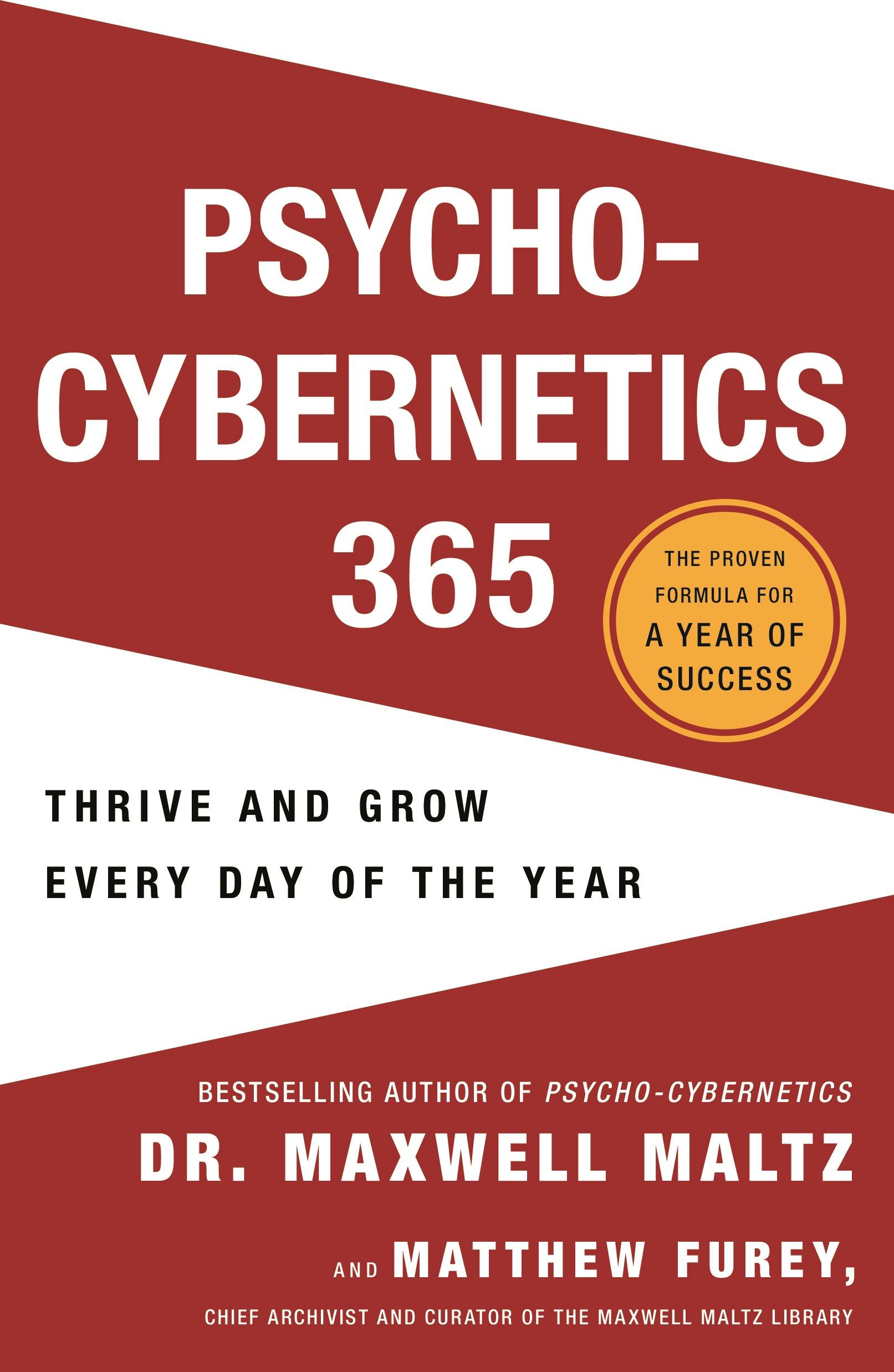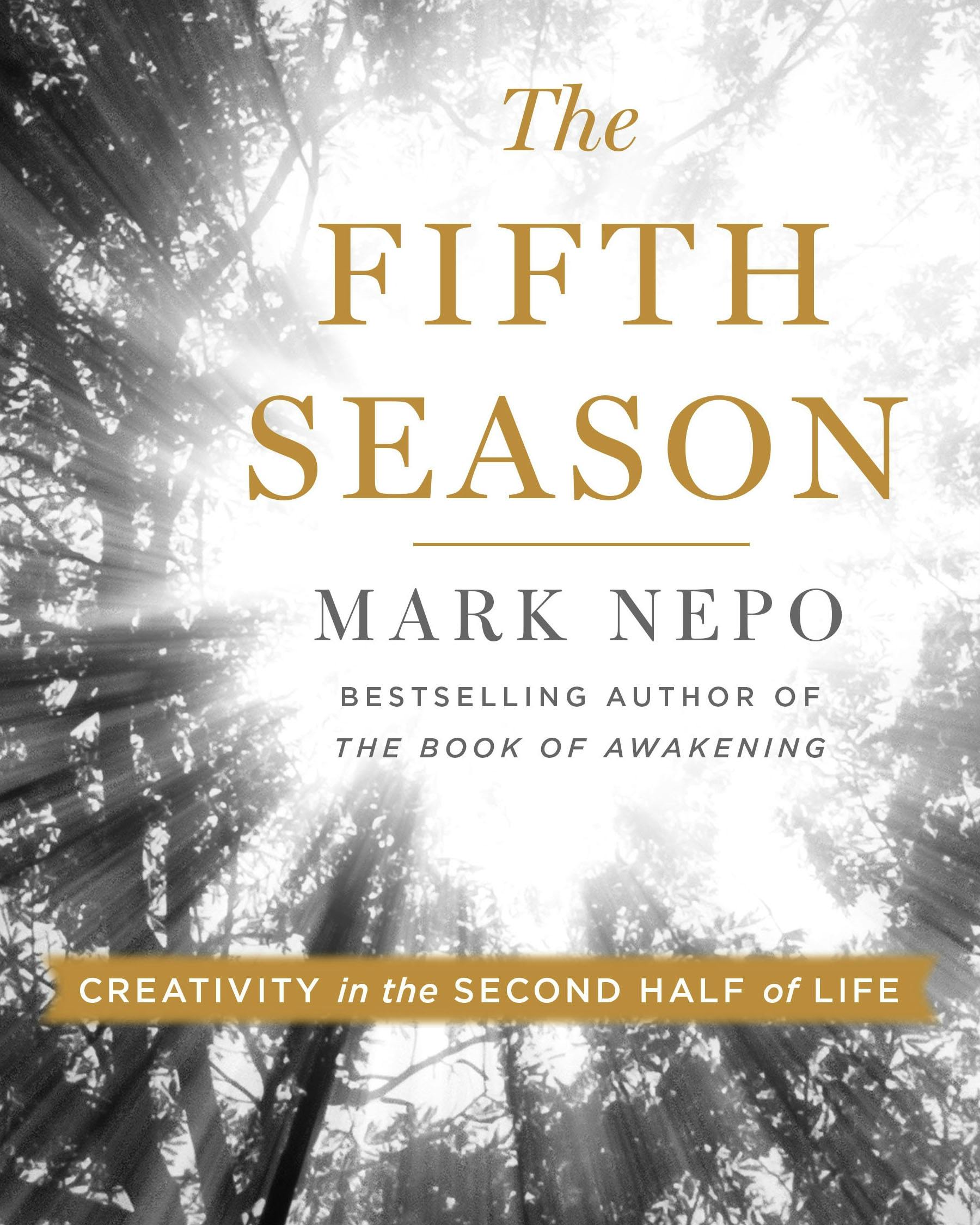
From Kathleen Griffith, the self-made businesswoman and founder of the global platform Build Like A Woman, comes an essential resource to unleash your business, take up space, and create your dream life. Blending foundational mindset tenets with the practical, actionable, business-building skillsets, Build Like A Woman is for aspiring and existing entrepreneurs who want to start and scale a business and life they love. This is not a regular business book, but an unconventional blueprint for creation. Read an excerpt below.
The system is rigged. Opportunity is not fair play. This we know. Women want to move up and have more. Do great things. Feel encouraged to create and lead. And have a life outside of business. To take this on, we need to build a solid foundation, do the work to build strategically and sustainably, and know the right steps to do all of it. Now that you’ve got the goods. The playbook. This is about stepping into your authentic self to create an integrated life, inclusive of a business, that defies the odds.
At first glance, this chapter may seem dense and dry like a stale saltine, but the dire data actually describes the eye-opening lessons that no one ever taught us in work, college, and even high school. So that said, let’s start by looking at the state of women broadly, so you can see the full landscape and how important your ideas are to it.
Put those readers on, and let’s go back in time for a women-oriented history lesson. Shall we acknowledge the challenges first? Three major forces are at play, bearing against you and creating difficult headwinds:
Familial Forces: For women, doubting our intelligence and ability starts early. By age six, girls are less likely than boys to view their gender as brilliant. Parents google “Is my son a genius?” more than twice as often as “Is my daughter a genius?” Insecurity around capability is often reinforced at home.
Cultural Forces: Ethnic, racial, gender, economic, and intellectual diversity are still not reflected accurately by media outlets. Instead, they provide a disproportionate number of images of women as young, white, and thin. Because of this, few women see themselves represented. In addition, only 24 percent of news articles are about women, and many of those stories are about violence and victimhood. Women generally have a lower sense of self-confidence as compared to men. Culture cements insecurities, self-criticism, and a persistent sense of “not enough.” One of the contributing factors is social media, which has a stronger negative impact on girls. And I would be remiss if I didn’t mention sexual violence. It’s hard to believe, but one in five women has been the victim of rape or attempted rape in her lifetime. Tentative hand raise. I’m in this godforsaken club that no one ever asks to be in.
Professional Forces: Women’s representation in professional fields is also strongly lacking. In the United States, women make up 51 percent of the population, but only 27 percent of the Congress. Only 7.4 percent of CEOs in the Fortune 500 are women; none are Black or Hispanic. You’ll find more CEOs named David than all women chief executives. And among the country’s top earners (those in the 1 percent), seven out of ten men have stay-at-home spouses. But what if you become the more successful one? Chew on this double whammy: even when women make more than their husbands, they are still doing more childcare and housework than their spouses are. Women owe two-thirds of student loan debt (about $929 billion) and struggle more to pay it off since they are paid less than men. And that promotion? Women (despite being equally qualified) only apply when they meet 100 percent of the criteria for a job whereas men apply if they meet only 60 percent of the criteria. The World Economic Forum projects that gender equality in the United States is still another mind-boggling two hundred years away.
Women still lag in business building. The rate of women’s entrepreneurship is only 16.6 percent. To put this in perspective, entrepreneurship has only a slightly higher share of women as these male-dominated fields: sports announcers (12.5 percent), police officers (12.8 percent), and cab drivers (15 percent). Oh, and 50 percent of women report giving up on their dreams. Too many women are still sitting on too many ideas that have the power to change lives and the world.
So what’s holding women back from starting businesses?
Support: Women lack financial, emotional, and practical support, as well as tools and resources: 50 percent of women have never had a woman mentor, and women-led startups in the US received only 2.3 percent of available venture funding, according to Forbes magazine. And if you’re a Black or Latina woman, it’s even more daunting: only 0.34 percent.
Leadership: “Feminine” traits aren’t celebrated in leadership, but women have business-building superpowers. The Harvard Business Review’s “Women Score Higher Than Men in Most Leadership Skills” summed up the results of one of the largest studies on gender and leadership to date. Actually, in twelve of sixteen identified leadership competencies, women scored higher: they take more initiative, display more integrity, are more results oriented, are more likely to practice self-development and to develop others, are more likely to inspire others, are better at building relationships through collaborative work, and are champions of change who reach for higher targets.
Confidence: Women don’t believe in their ability. Less than 50 percent of women are confident they can start a new business.
So that is how the deck is stacked. But there is hope. Things are looking up. Tailwinds are accelerating.
Women are rising. Powerful events like the Women’s March attracted five million people across six hundred marches worldwide—it still remains the largest single-day protest in US history—proof that women are tired and ready to speak up and fight for what they want. Political activist Gloria Steinem calls this one of the most important times for women in history.
Economically, women are a force to be reckoned with. According to the Boston Consulting Group, wealth held by women has grown to about a third of global wealth. That trend is accelerating, reports McKinsey & Company. In an unprecedented transfer of wealth in the United States, for instance—thanks to money jointly held by baby boomers passing to the longer-living female spouse and women also earning more—by 2030 American women are expected to control $30 trillion in household financial assets. In effect, more than the 2022 US economy ($25.5 trillion).
We have more leverage than we realize. Mini revolutions and evolutions are upon us . . . we just need to keep building.
Copyright © 2024 by Kathleen Griffith

Kathleen Griffith is an award-winning entrepreneur, business strategist, TV producer, and leading voice in the women’s space. Her media company advises Fortune 100 brands on women-oriented content, strategy and experiences. Kathleen’s ultimate mission is to help women architect the business and life of their dreams. Build Like a Woman is her first book.










